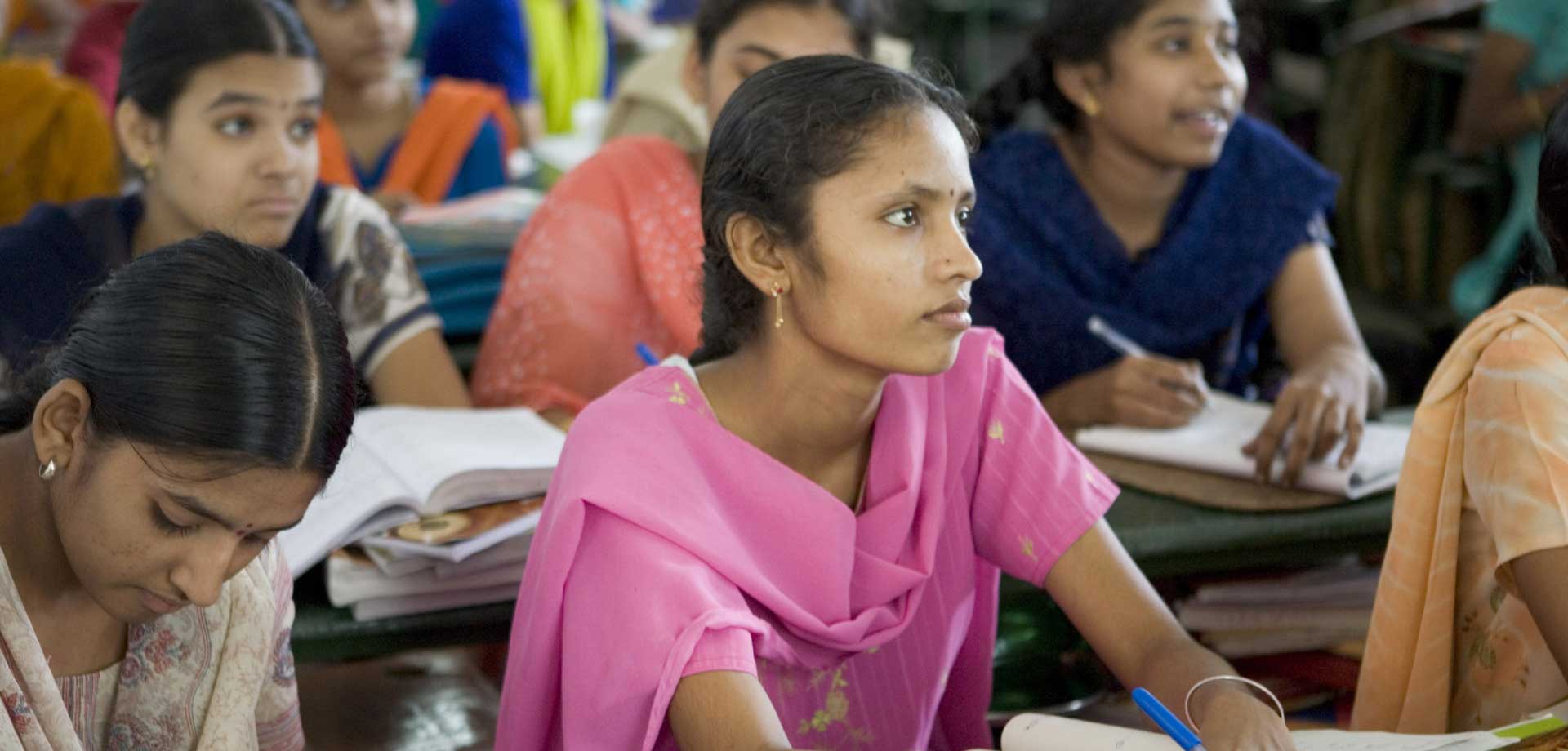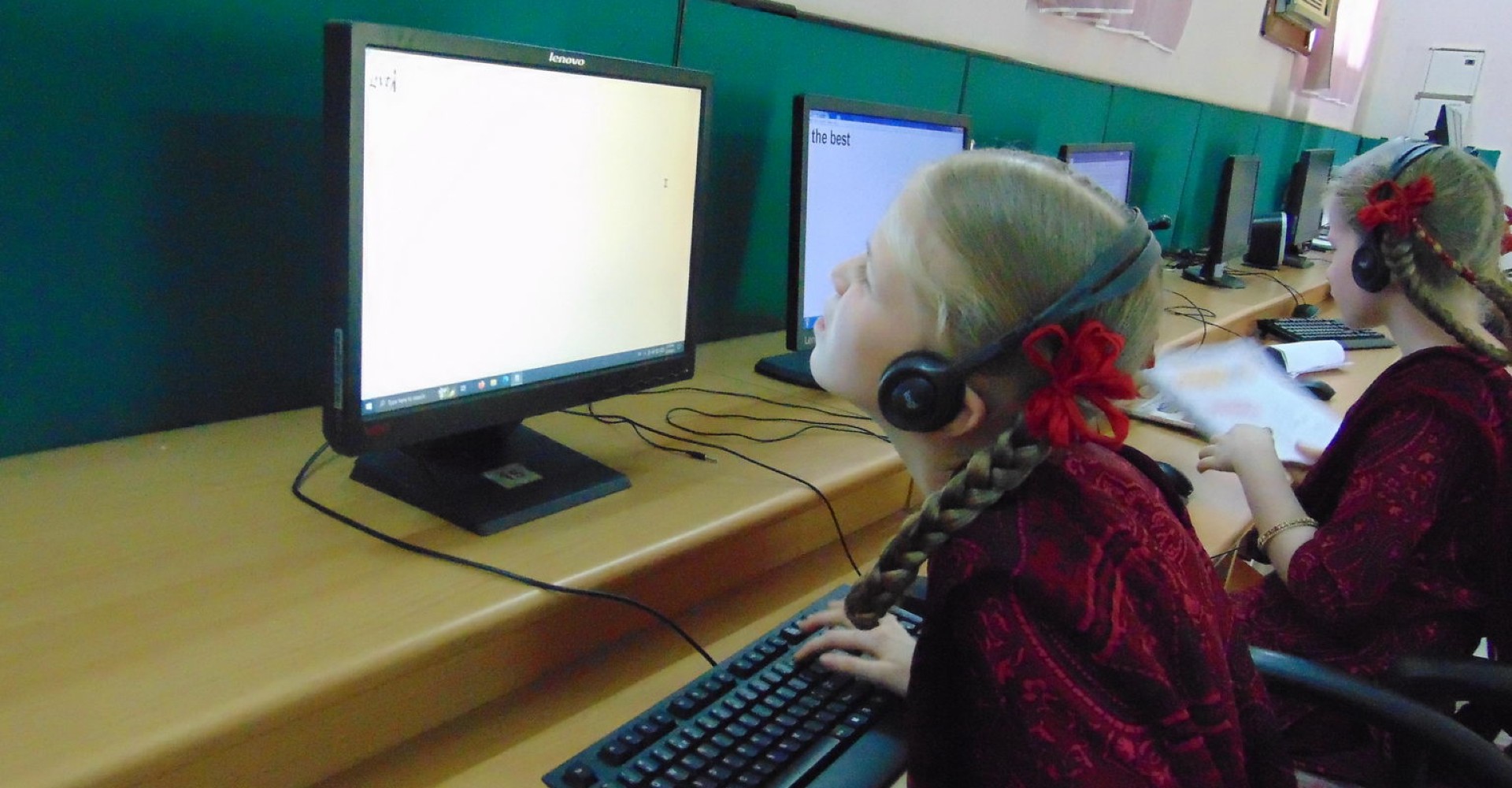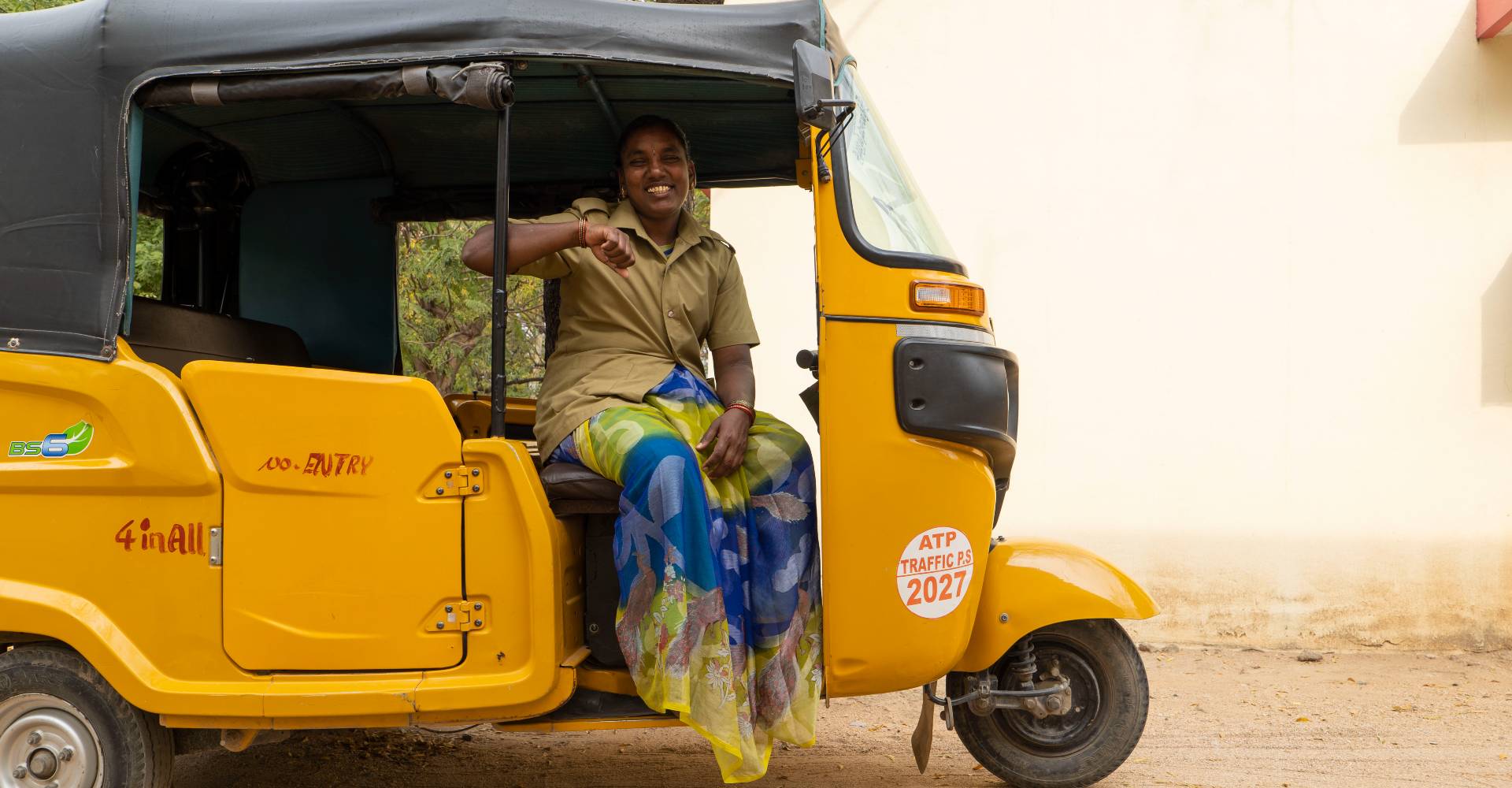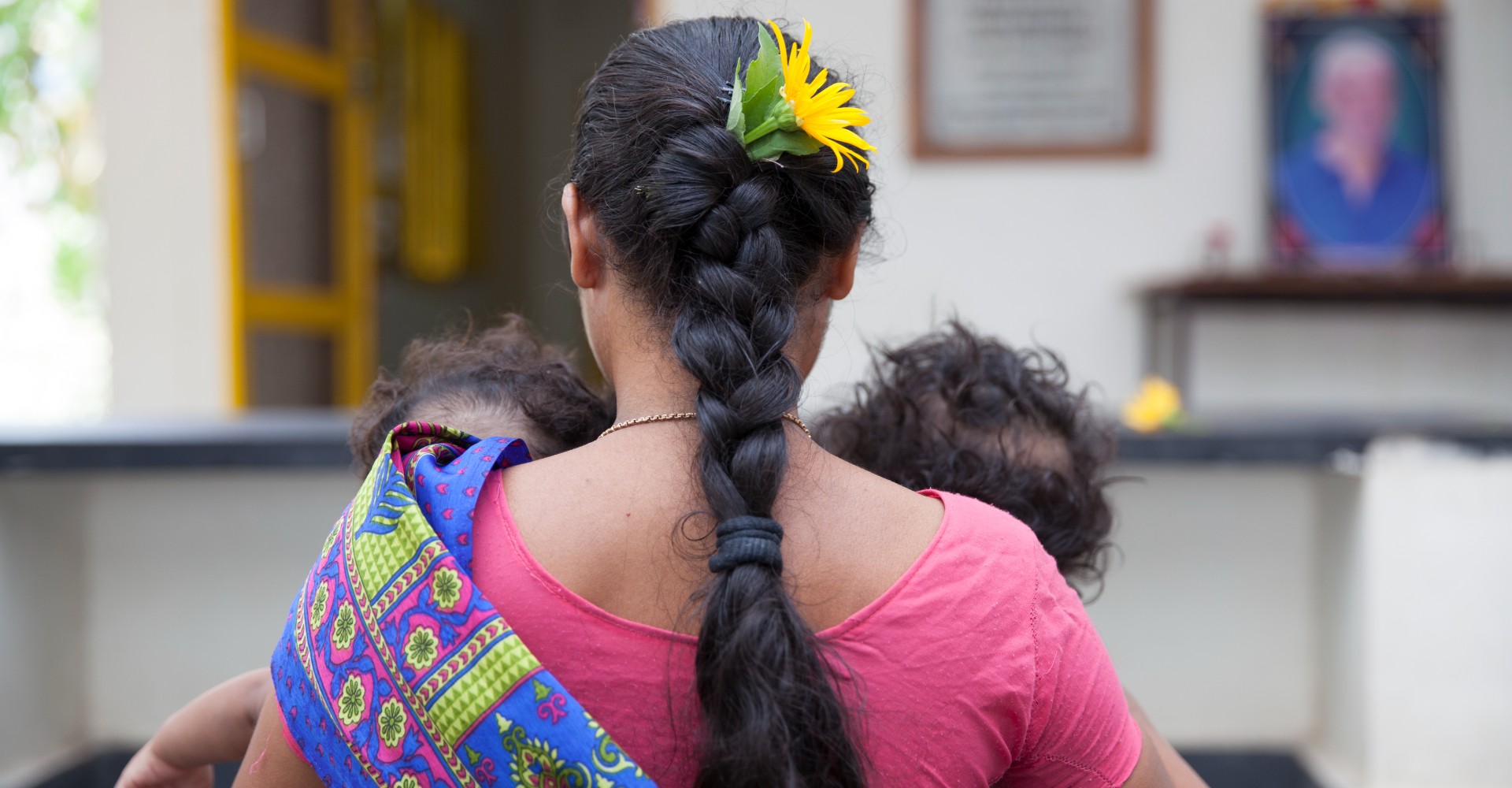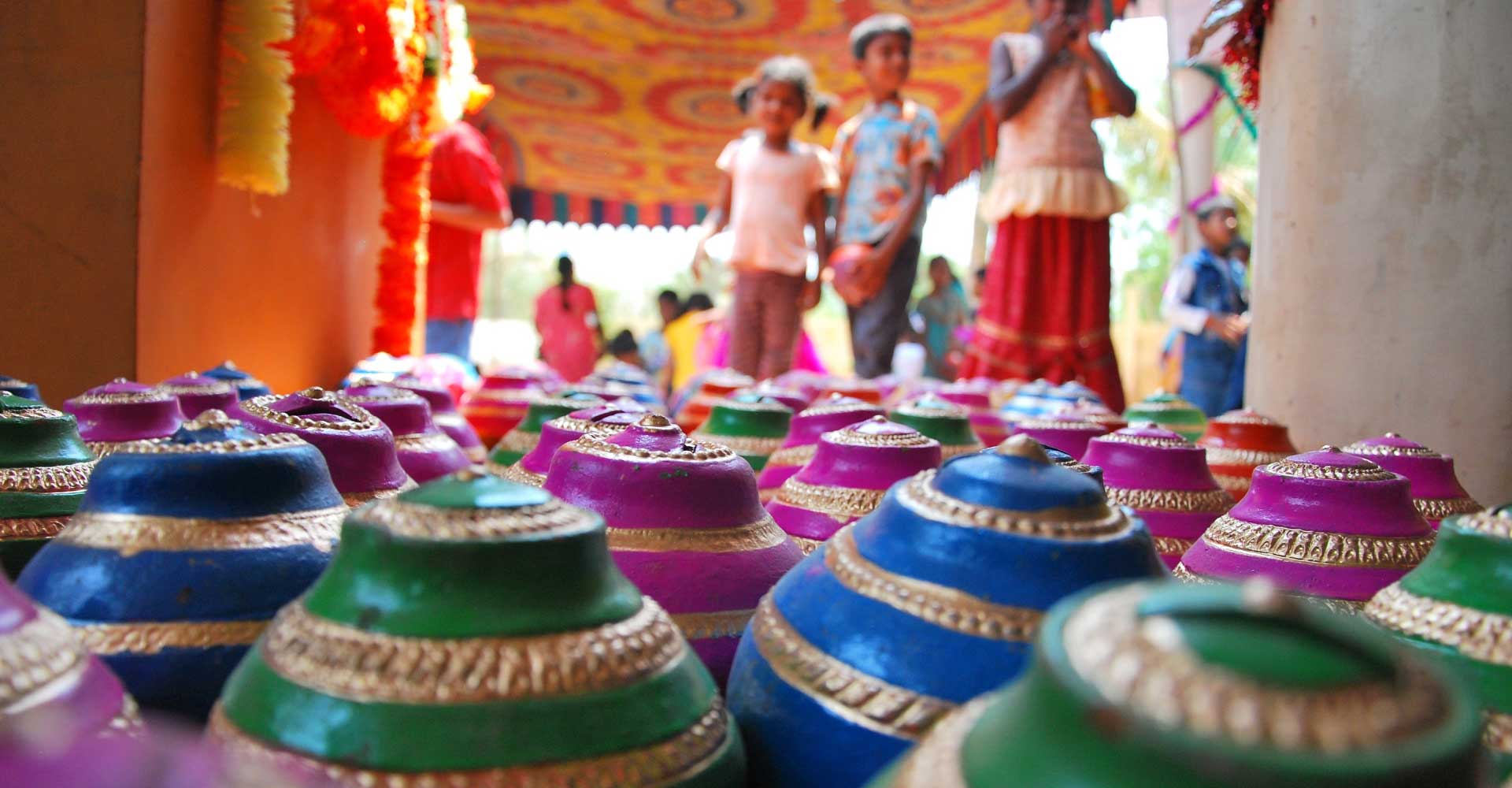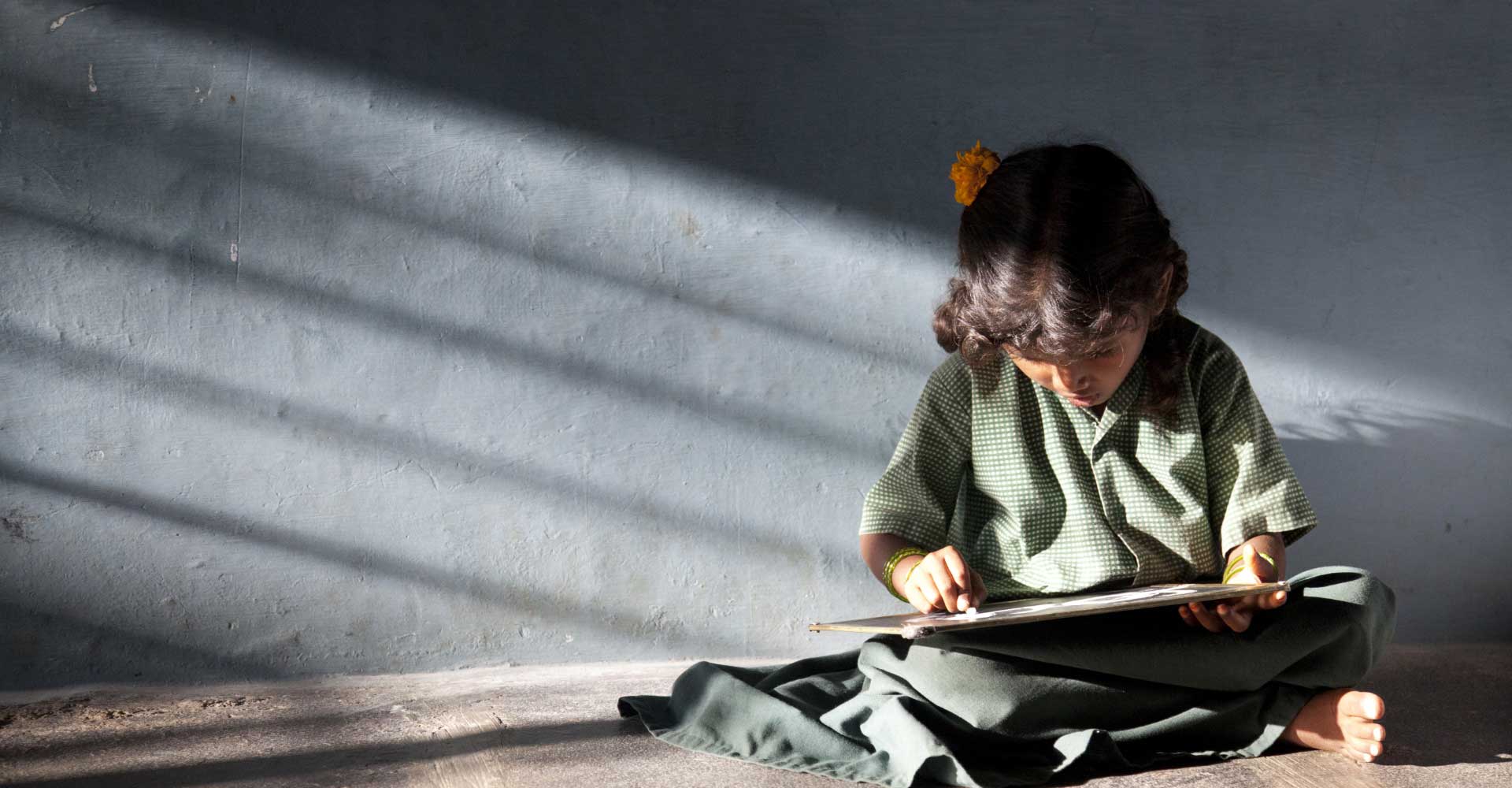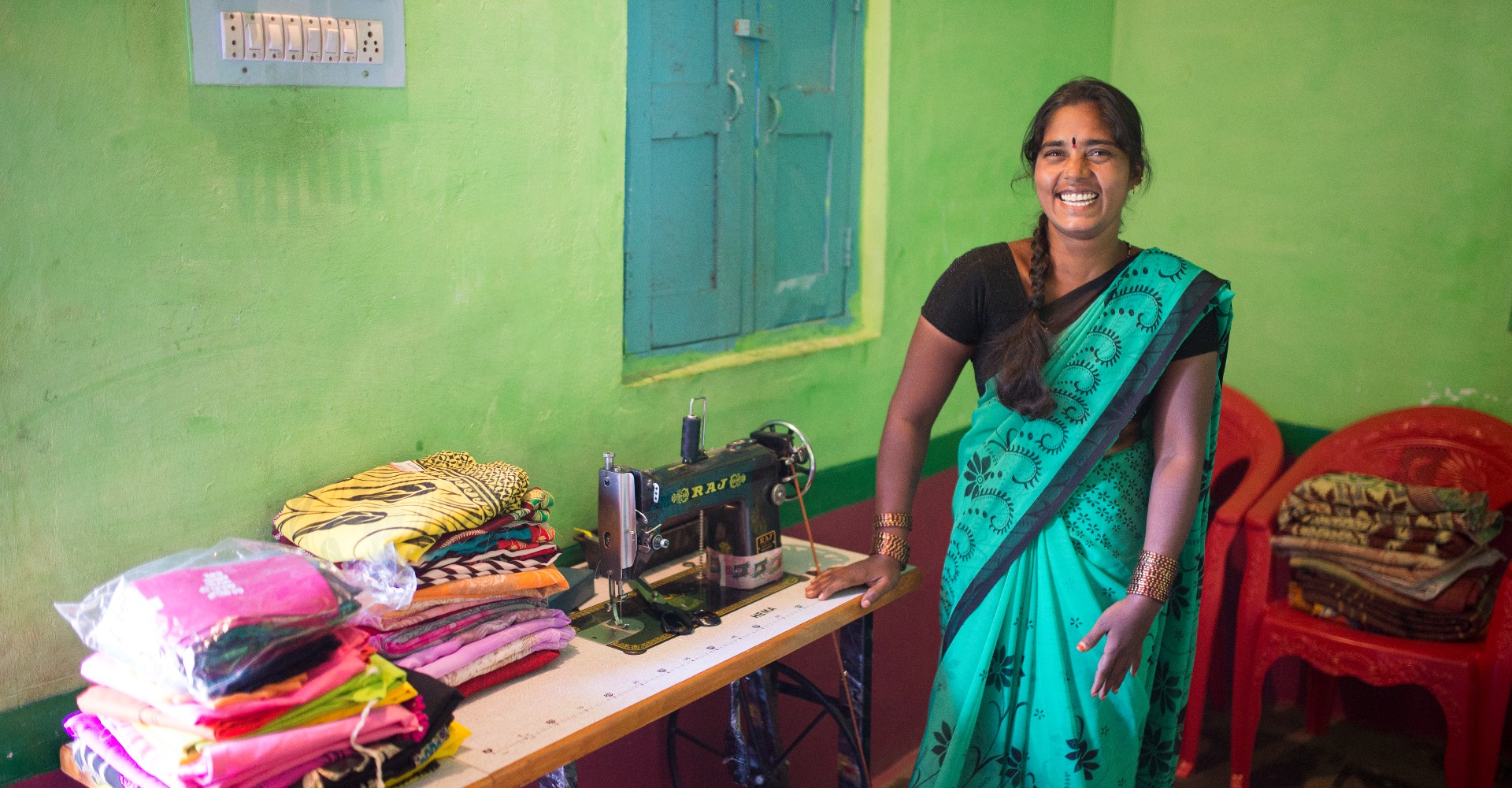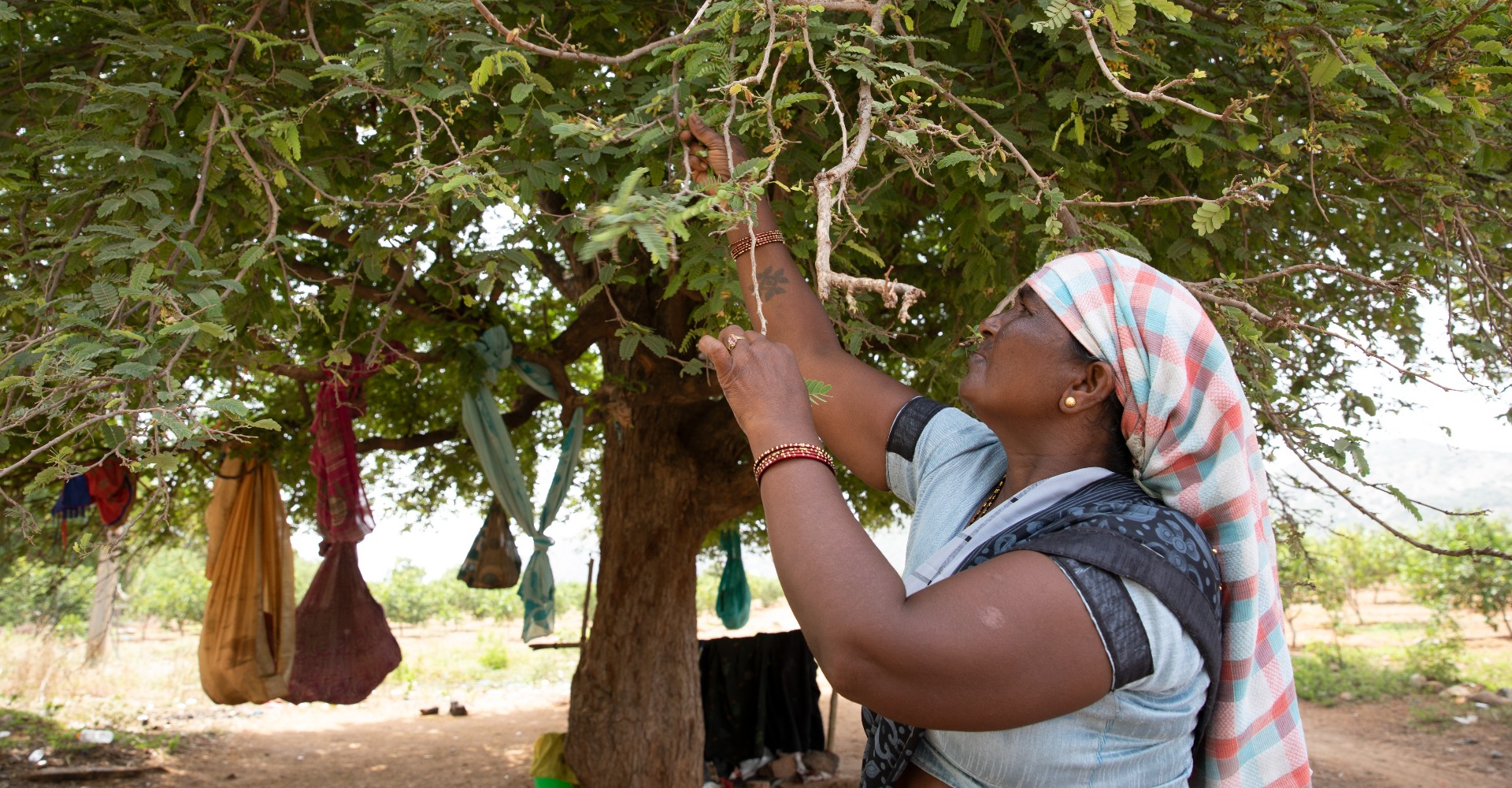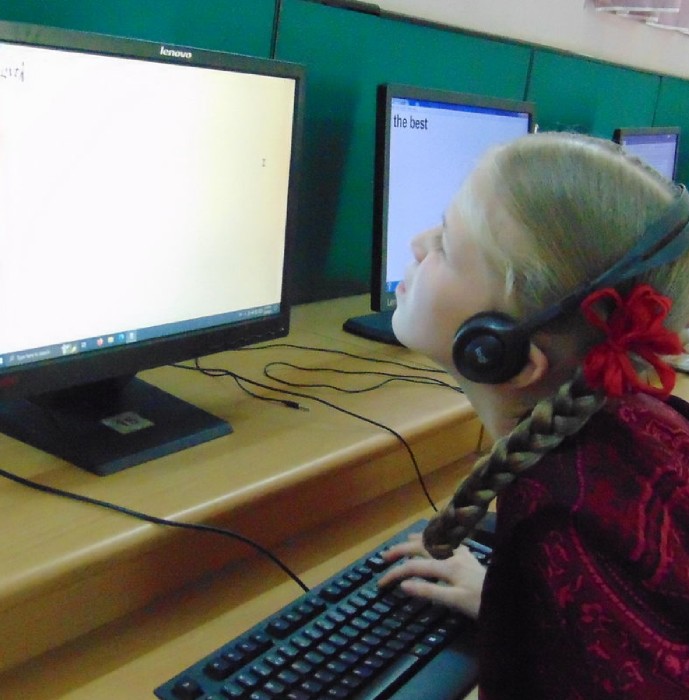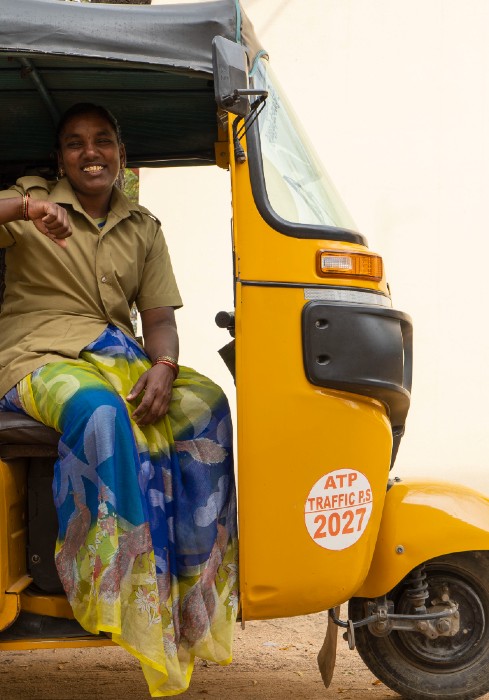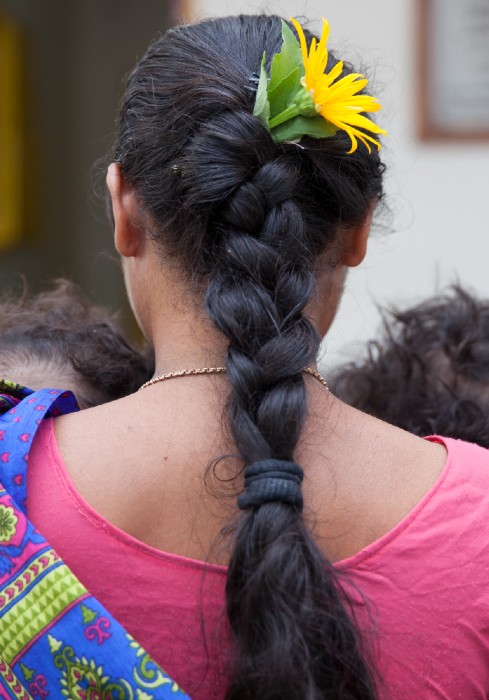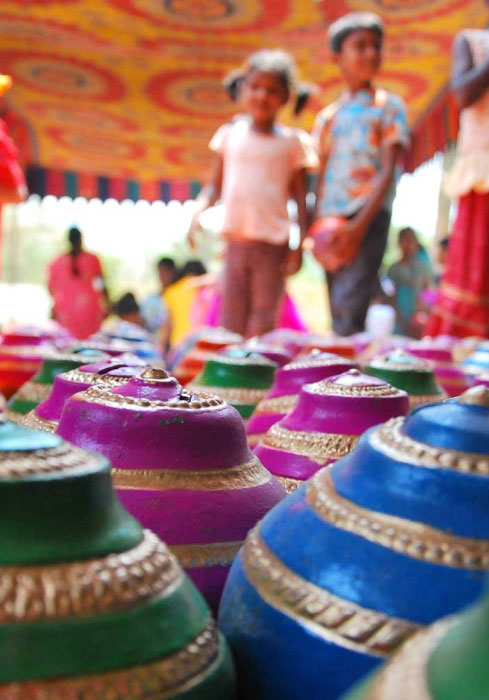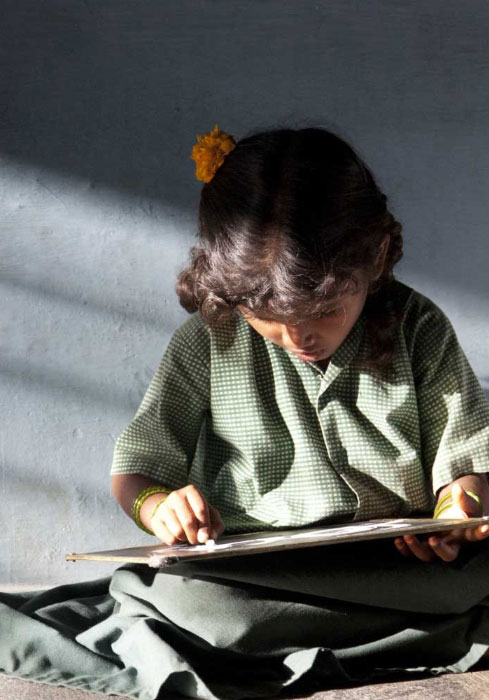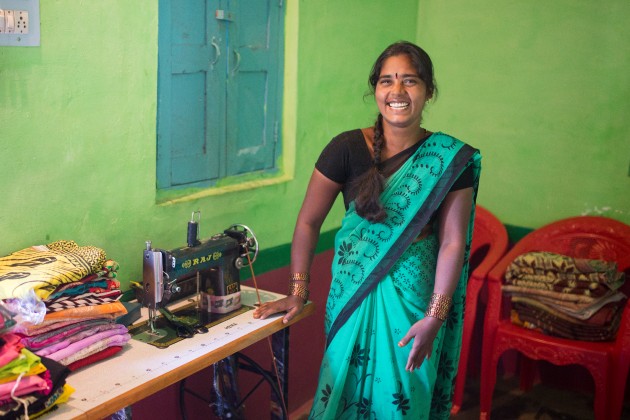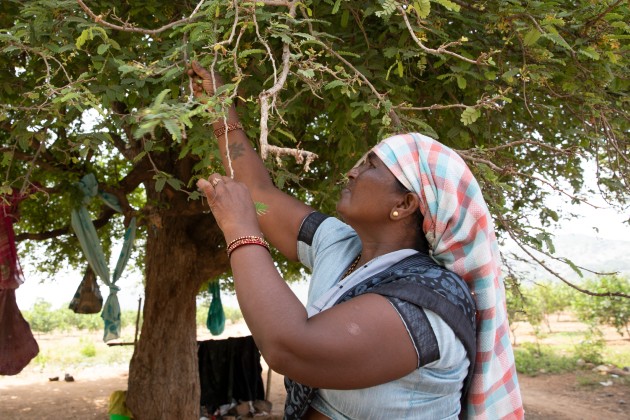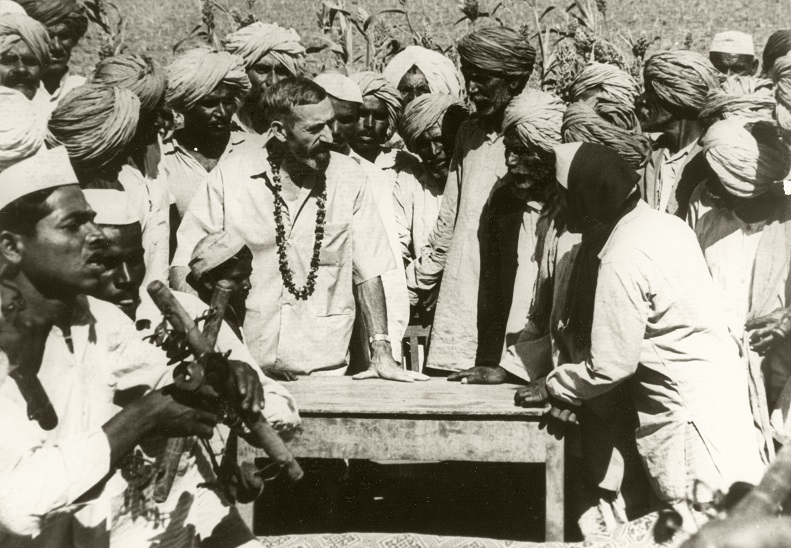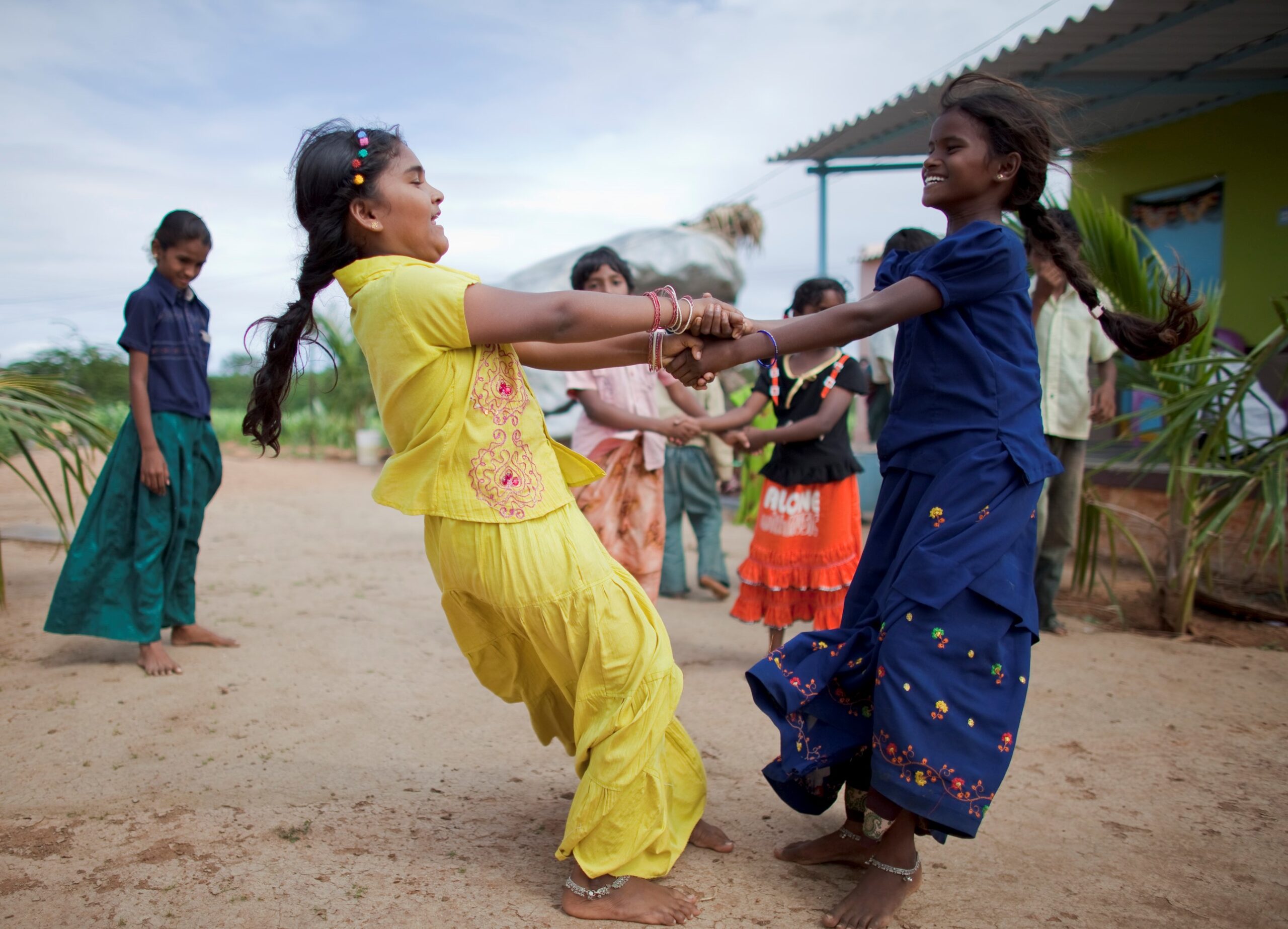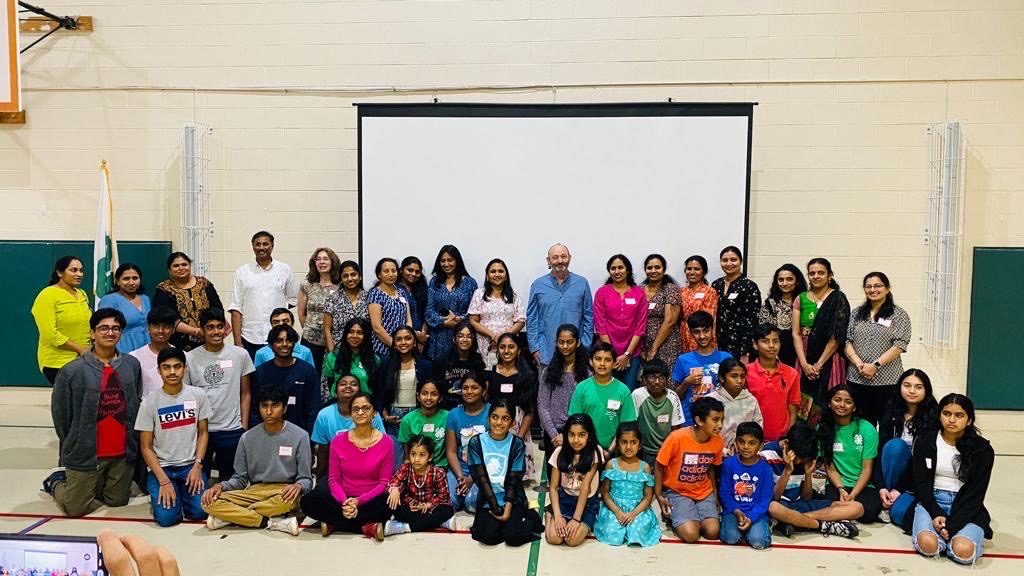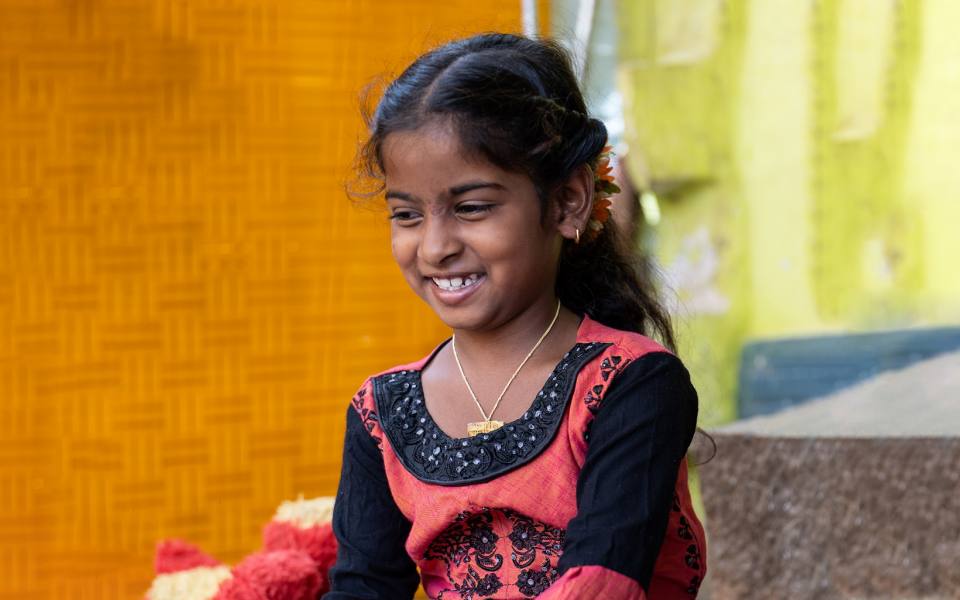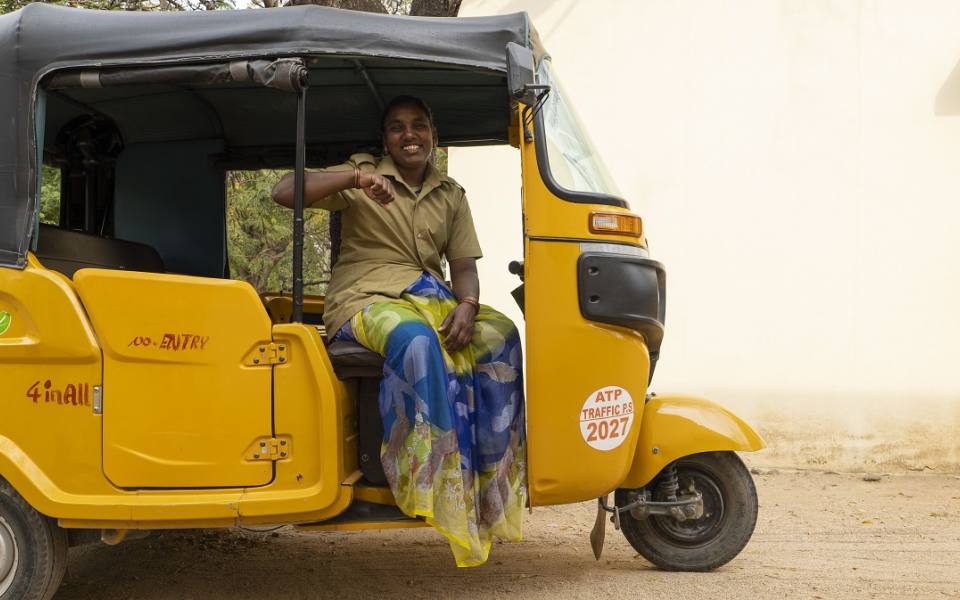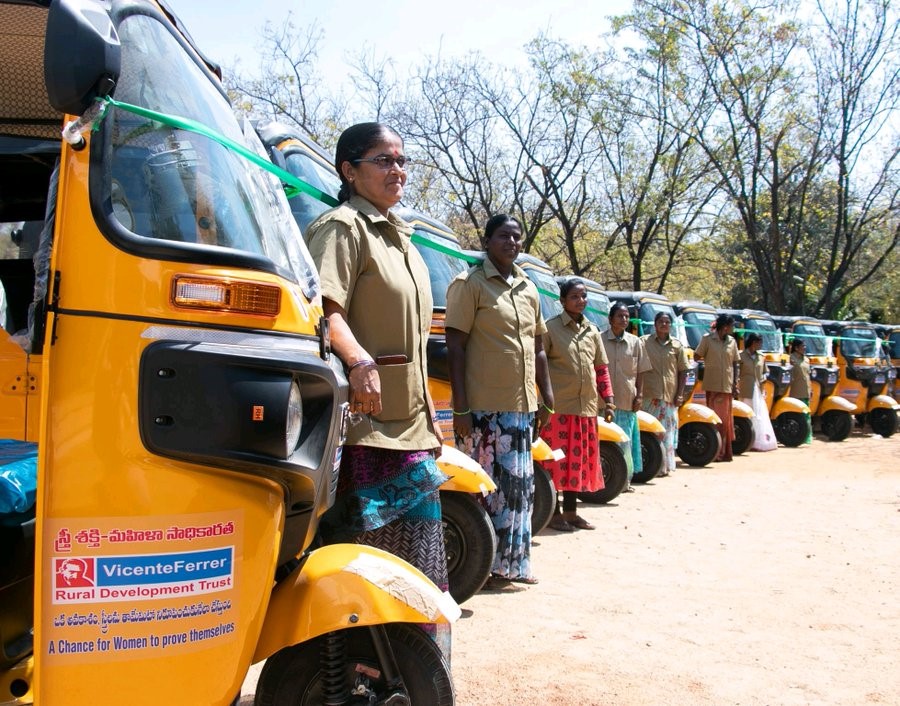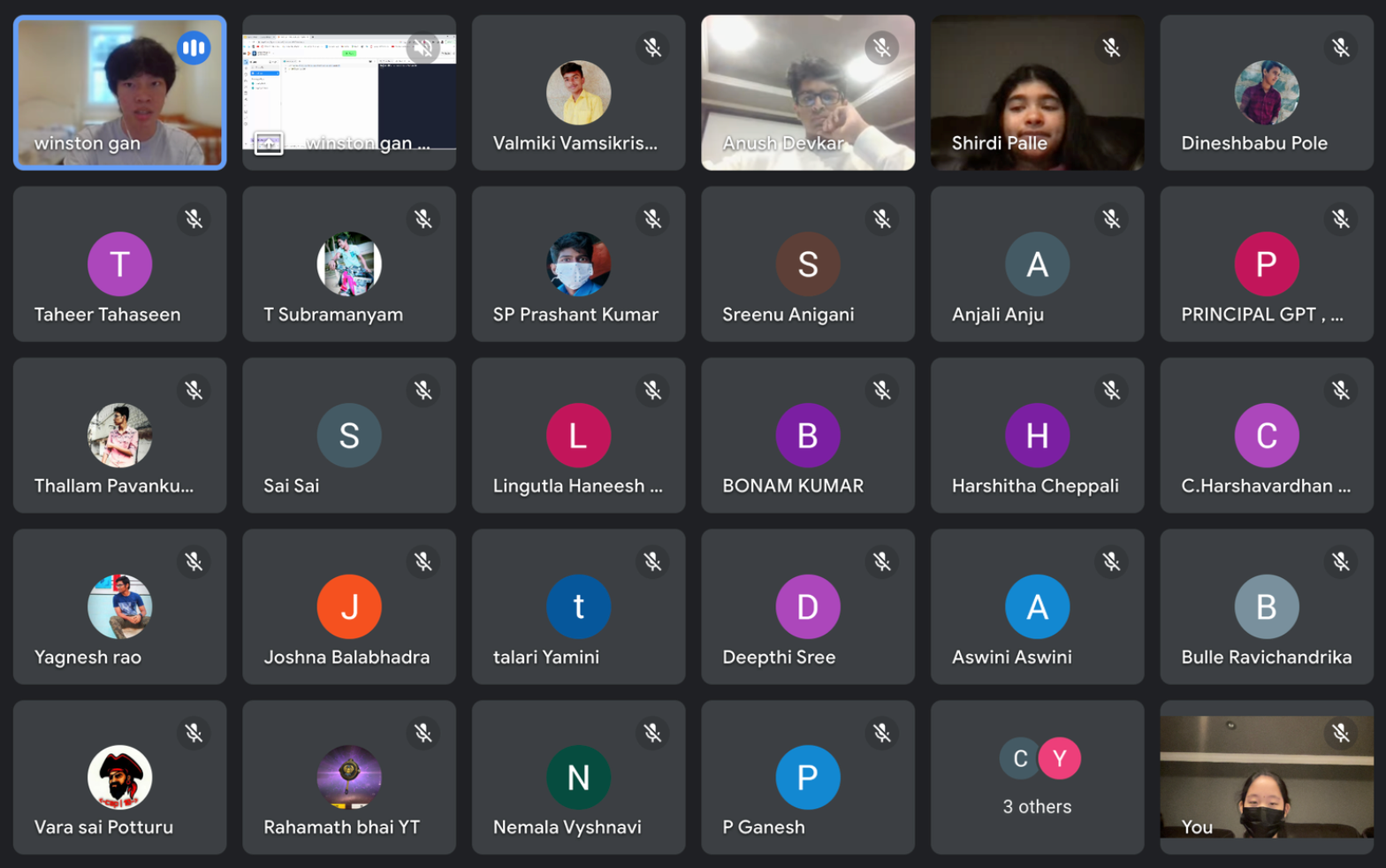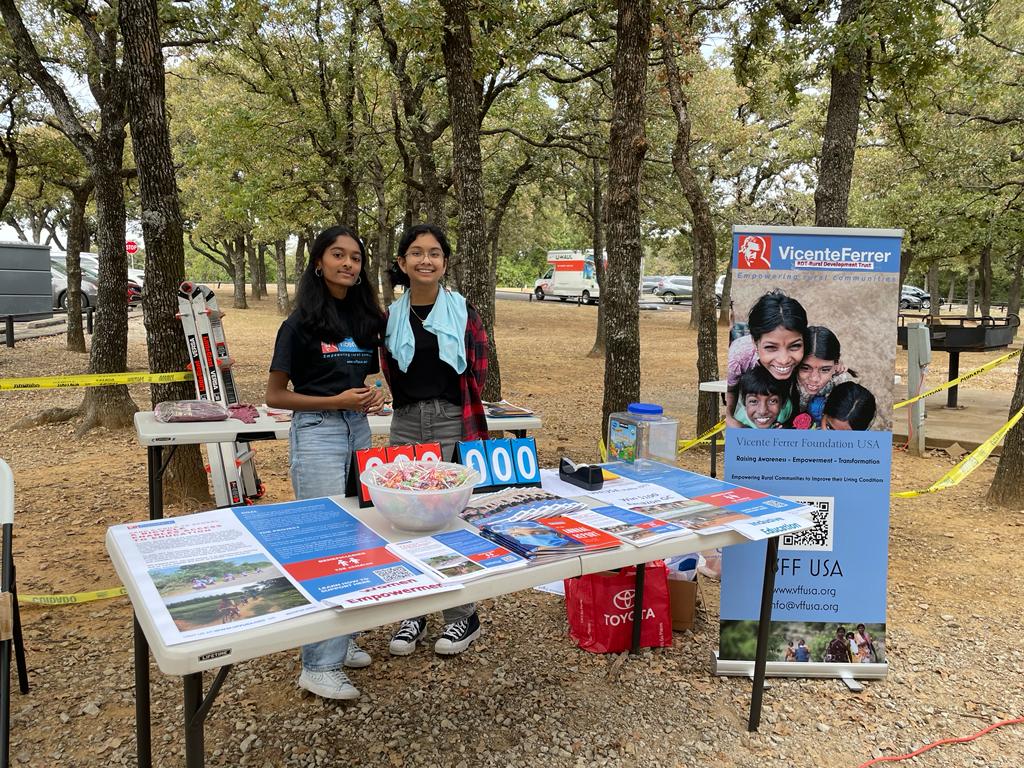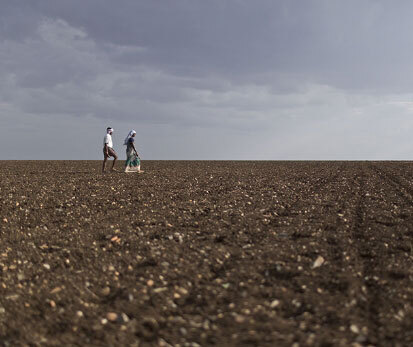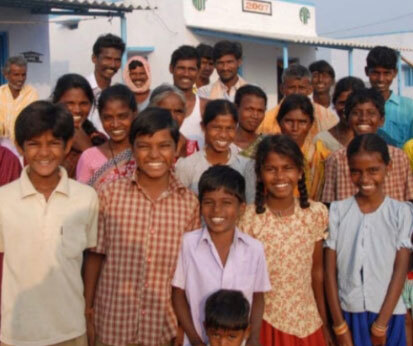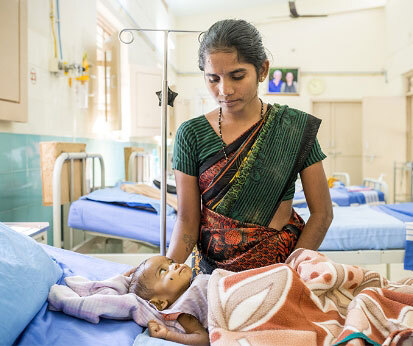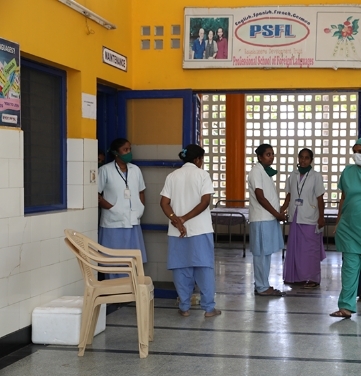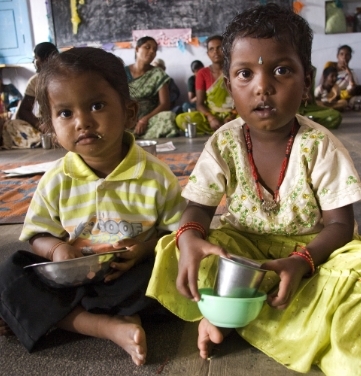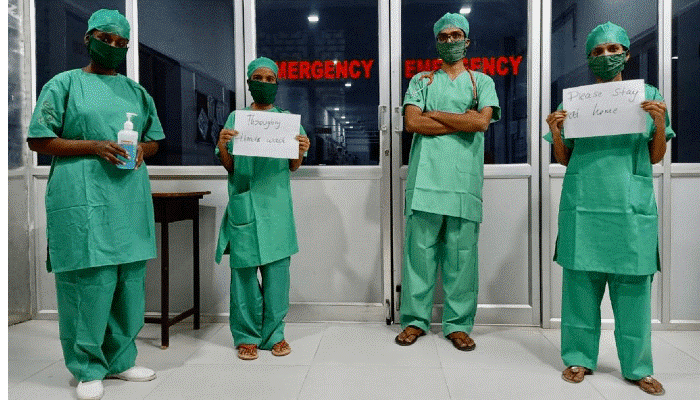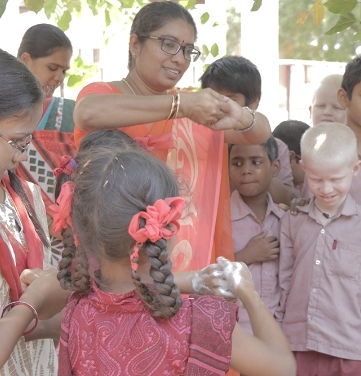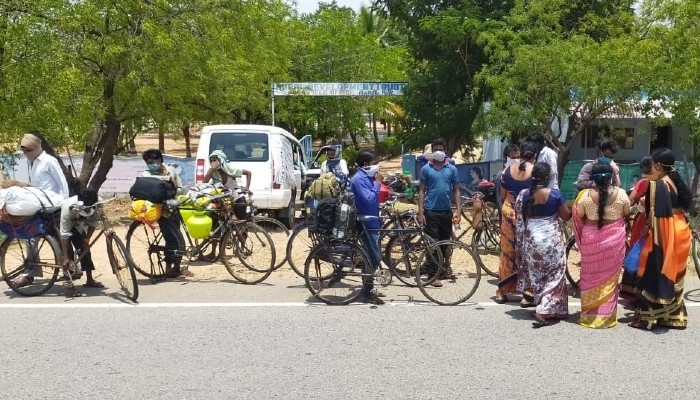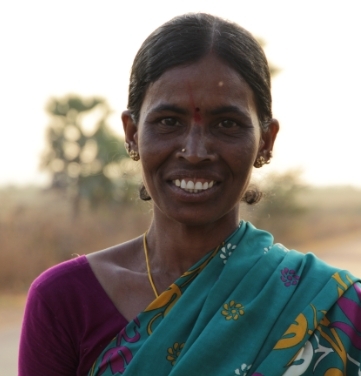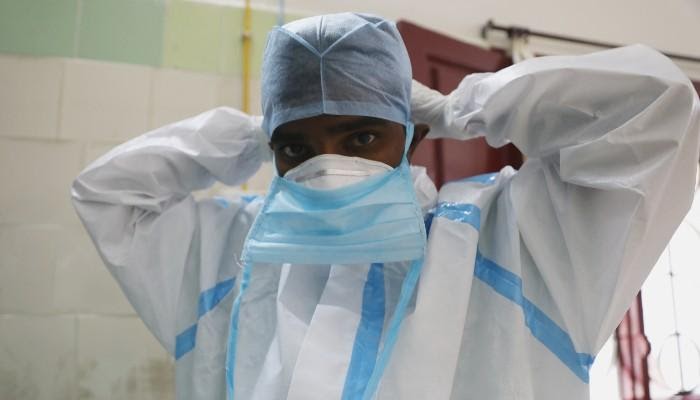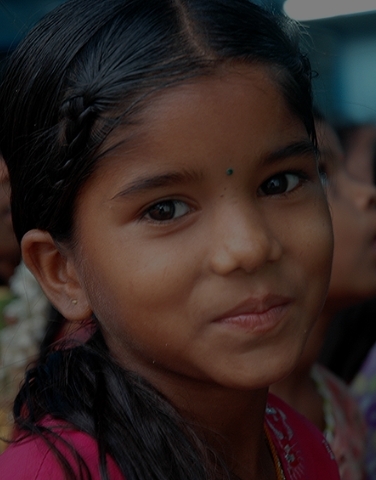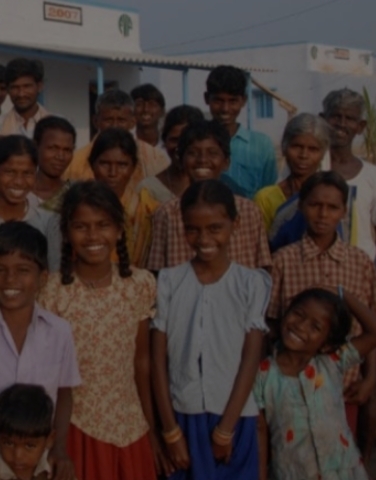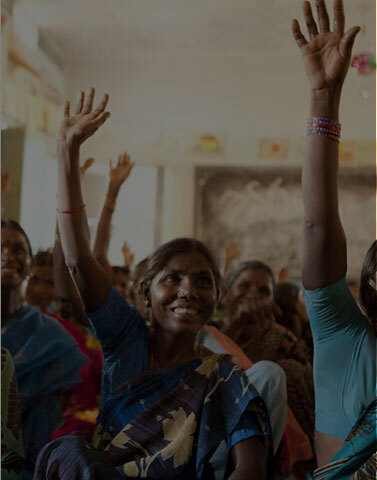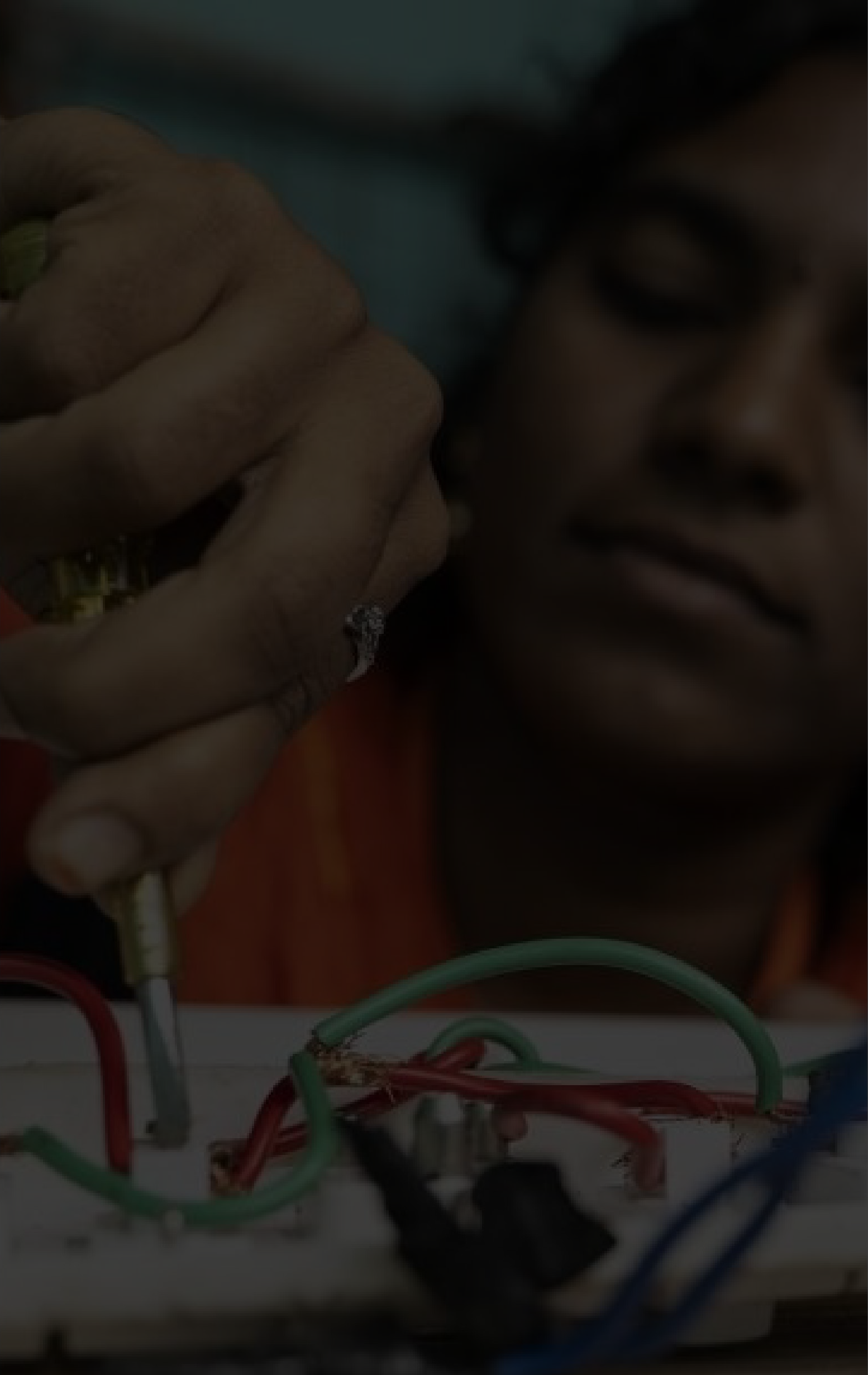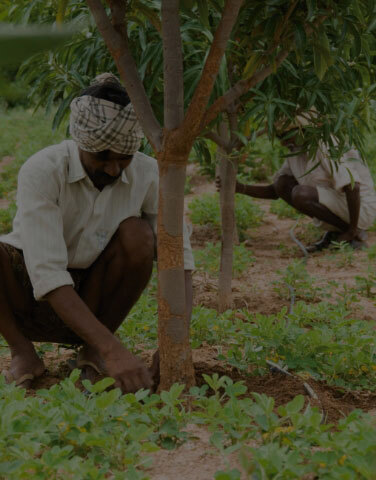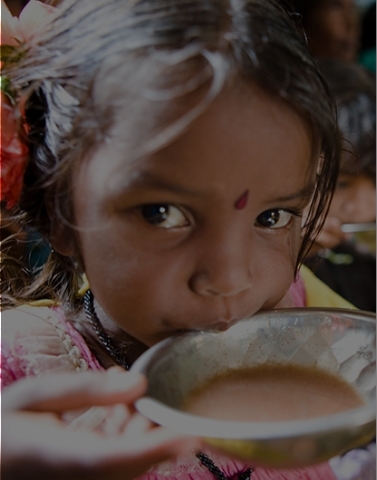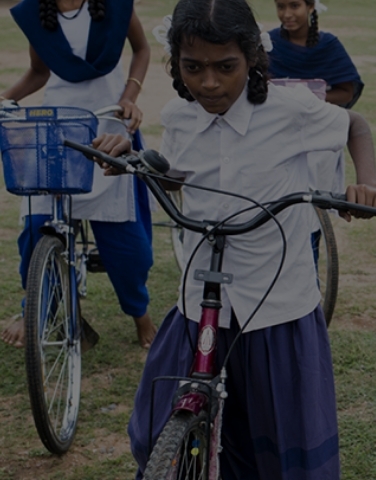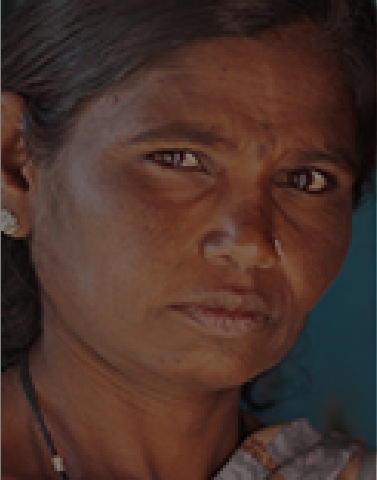Our Mission
Empowering rural communities to improve their living conditions
NEWS
Challenges
What are the core challenges of development in rural India today?
In India, about 369 million people live below the poverty line, on less than three dollars a day. The inhabitants of rural areas who belong to socially disadvantaged groups are the most vulnerable groups. Children, women and people with disabilities are the most affected.
Success Stories

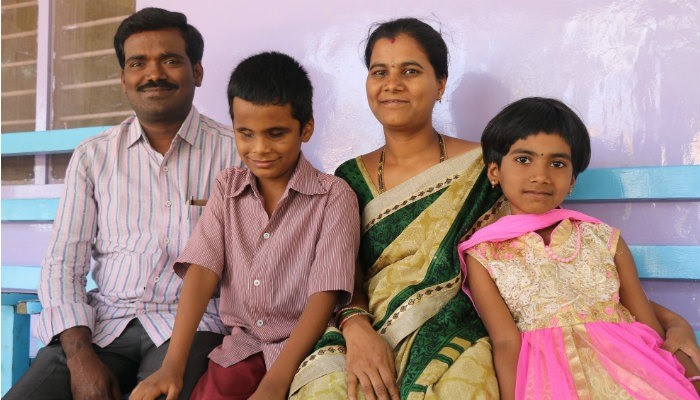
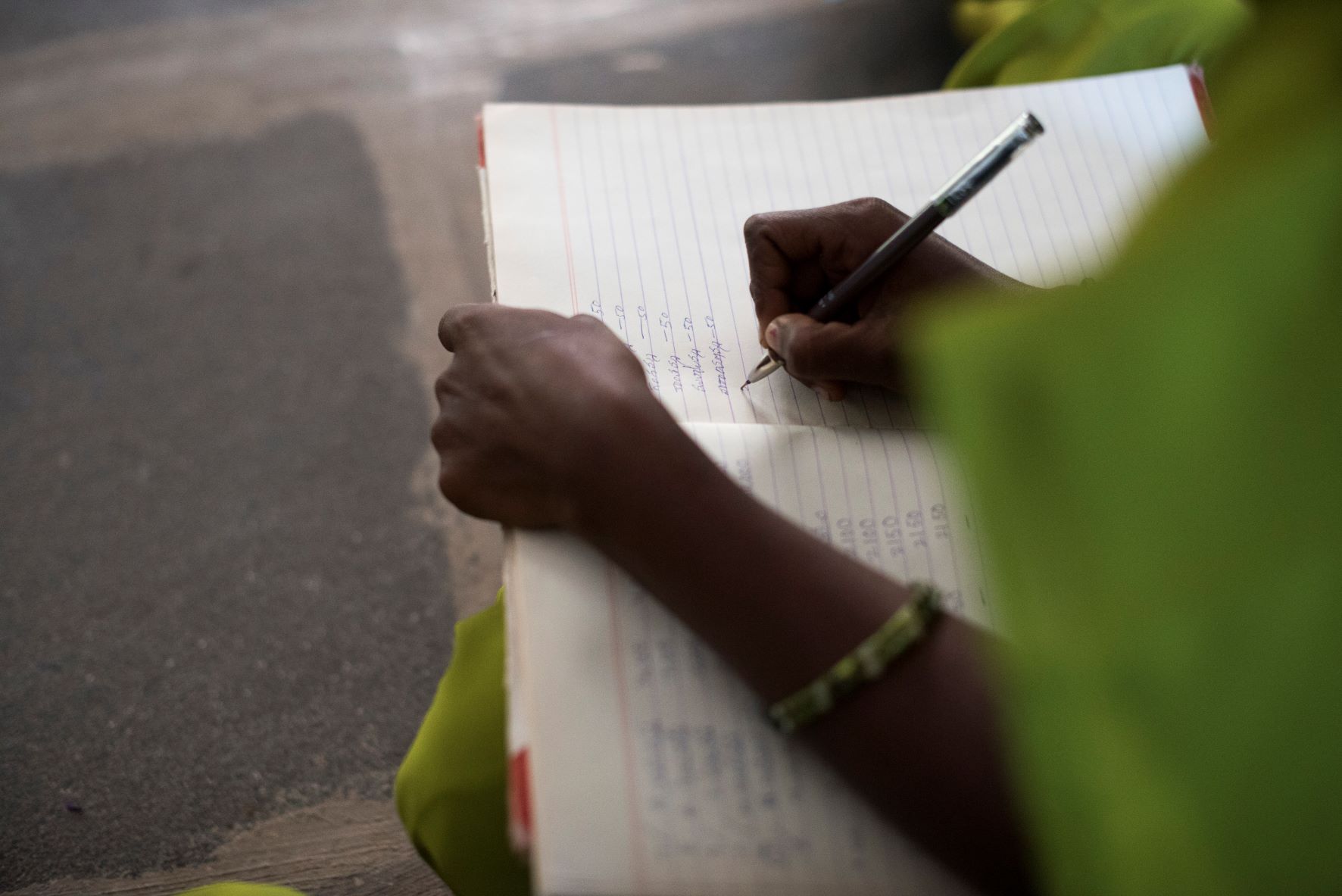
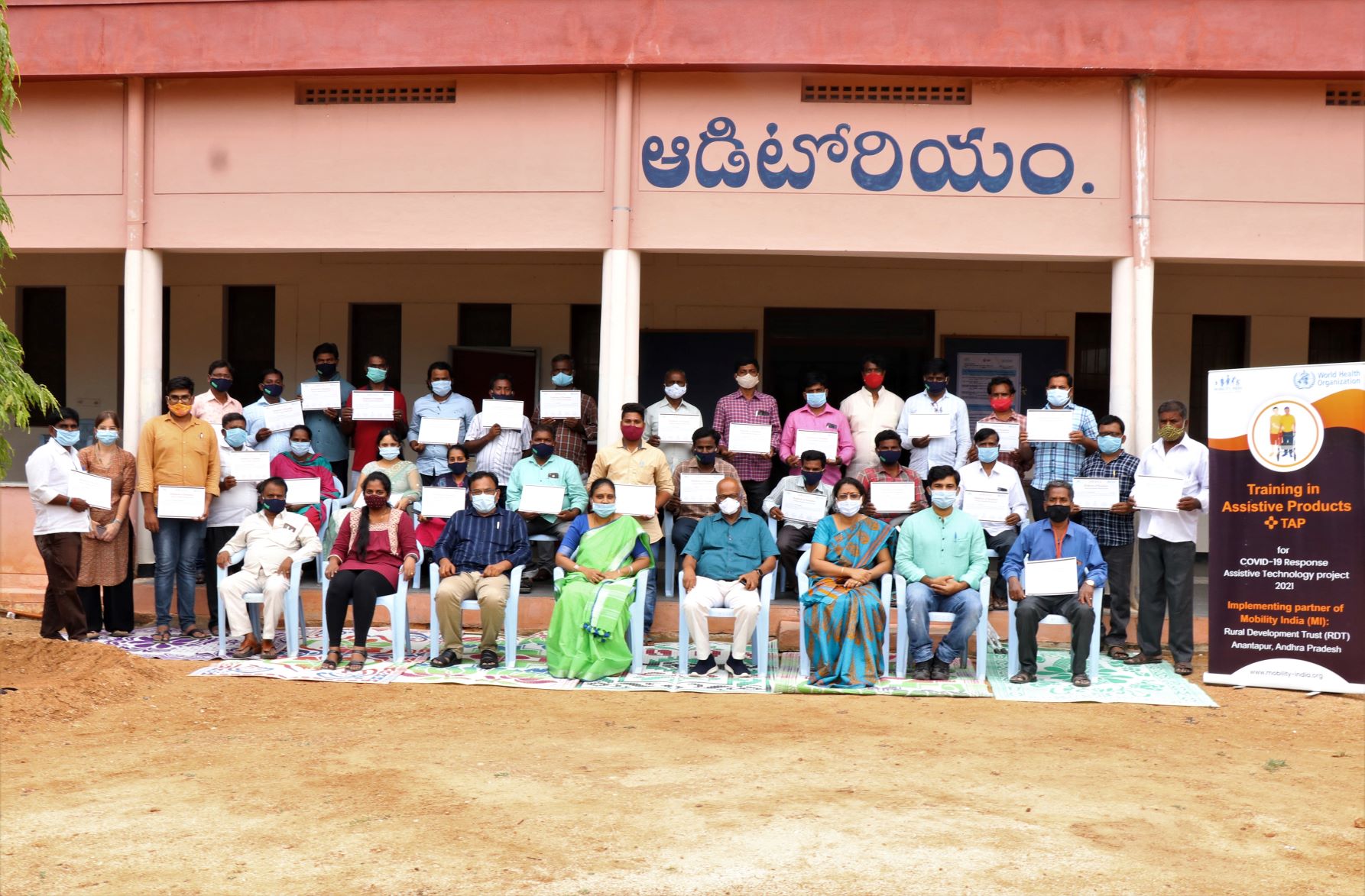
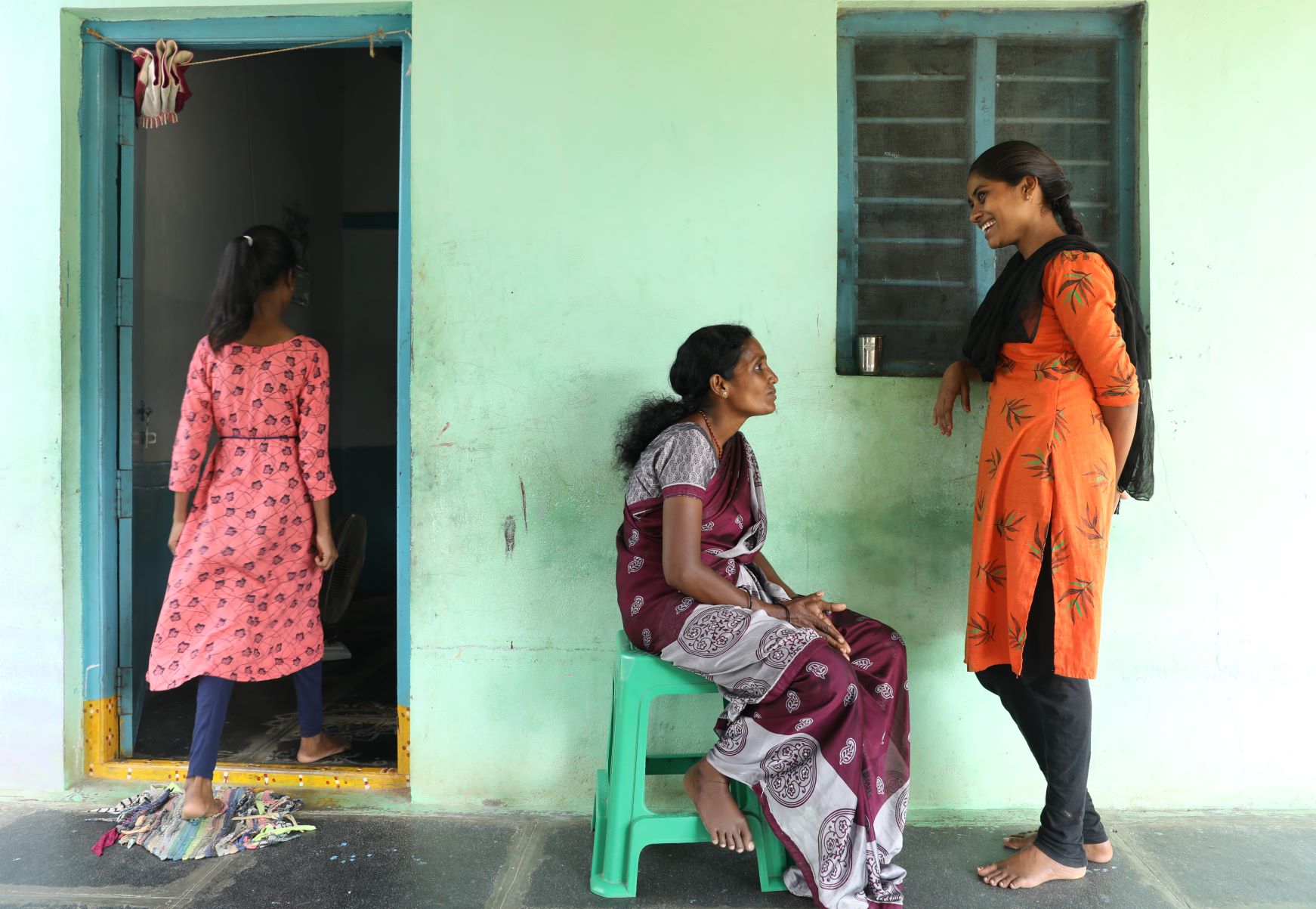
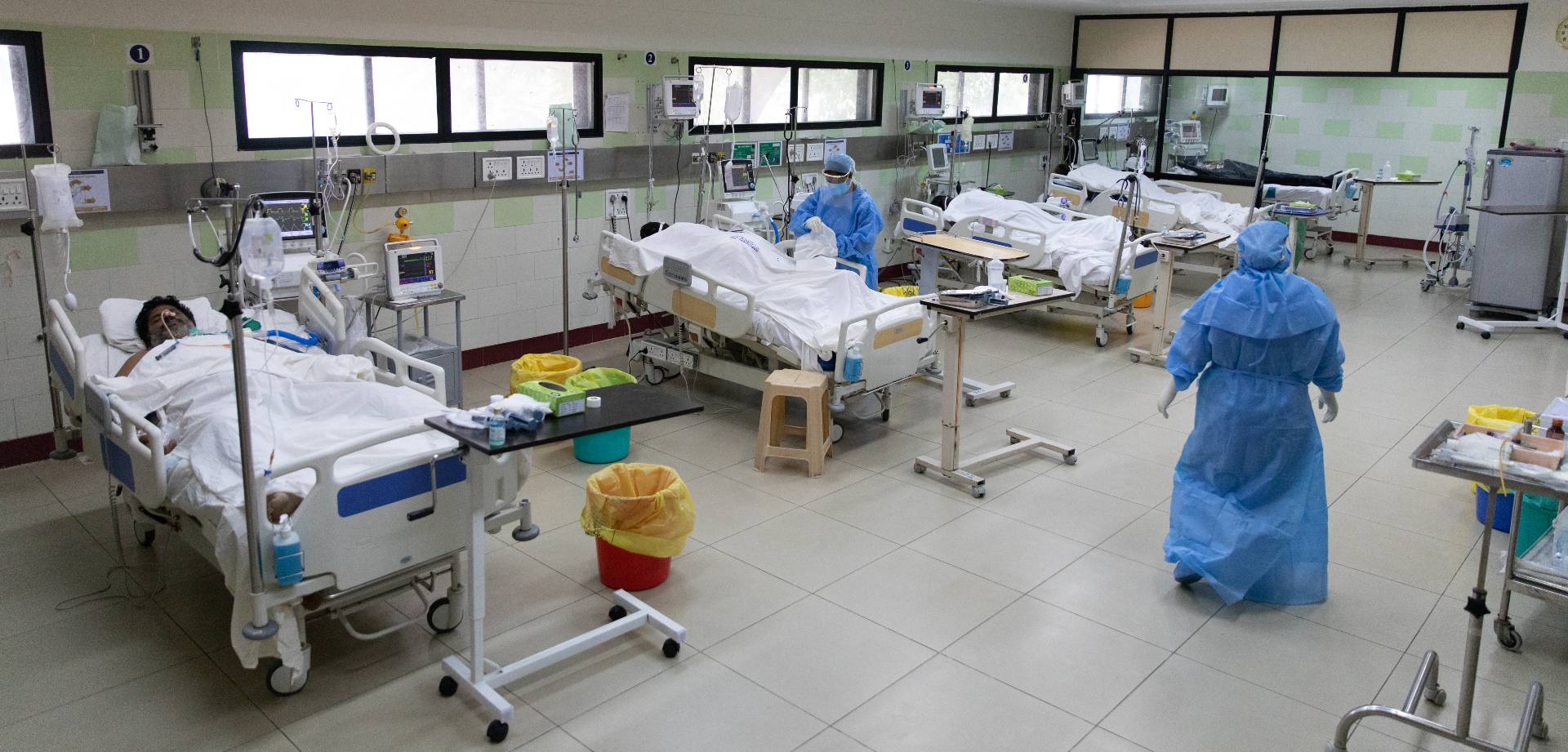
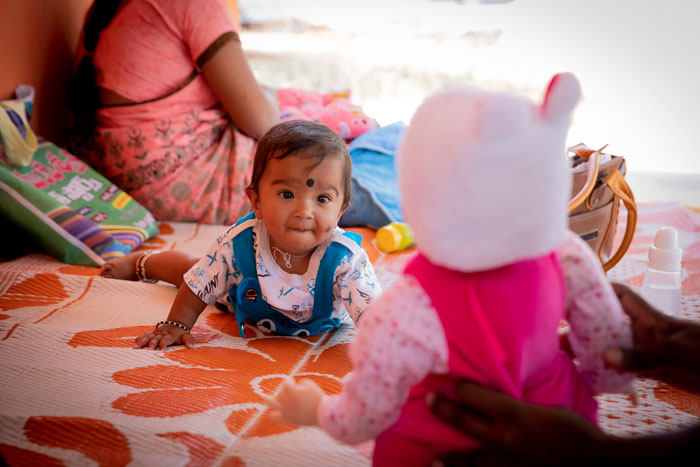
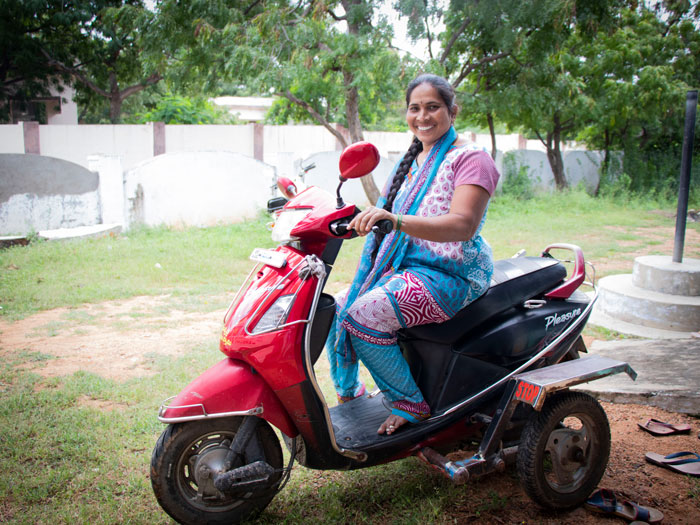








Sign up to Stay Informed
Check out our success stories, learn more about our work in India, stay up-to-date on the latest news, and find out how you can make a difference with VFF USA.
What We Do
We focus on women’s empowerment, diversifying livelihood, improving rural infrastructure, and increasing access to quality healthcare and inclusive education.
We collaborate with community members to develop solutions, so that they lead their own development process.
We place particular emphasis on assisting the most vulnerable populations: women, children, and people with disabilities, to ensure that development in rural India leaves no one behind!
Our Projects in India
At the heart of VFF USA is the passionate belief that change, not charity, is the path to sustainable progress. By change, we mean creating a large and lasting impact that permanently empowers rural communities in India. When you open your heart to support us, your contributions lift up and sustain communities for generations to come.
The Impact of the Programs We Support
3,775
villages participate in the programs we support
3,000,000+
people have benefited from the programs we support
EDUCATION
5,478
students benefited from special scholarships and the general support program in 2020.
HOSPITALS
554,088
medical consultations were provided in the network of rural hospitals we support in 2020.
INFRASTRUCTURE
1,351
houses were built in 2020
HEALTH
5,980
people received daily nutritional support in 2020
AGRICULTURE
83,317
trees were planted as part of afforestation campaigns in 2020
INCLUSION
24,962
people with disabilities were part of self-help groups in 2020
WOMEN
8,573
women participated in programs to improve their livelihood in 2020
COVID-19
6,000 +
COVID-19 infected patients were treated at RDT Bathalapalli Hospital in 2020
COVID-19
5,559,920
cotton masks were produced and distributed in 2020
COVID-19
411,064
cooked meals were distributed to people in need in 2020
Take Action
Support Our Work to Empower Rural Communities and Improve Their Living Conditions
Would you like to know how we use the funds? LEARN MORE
